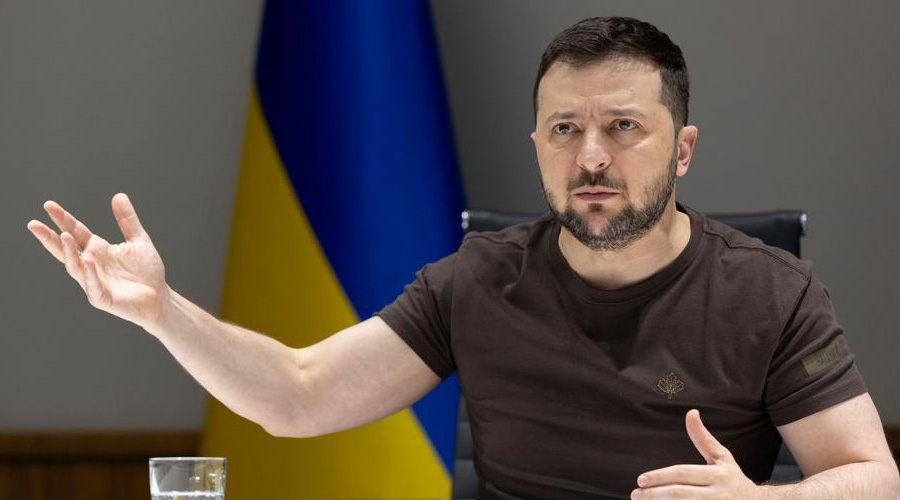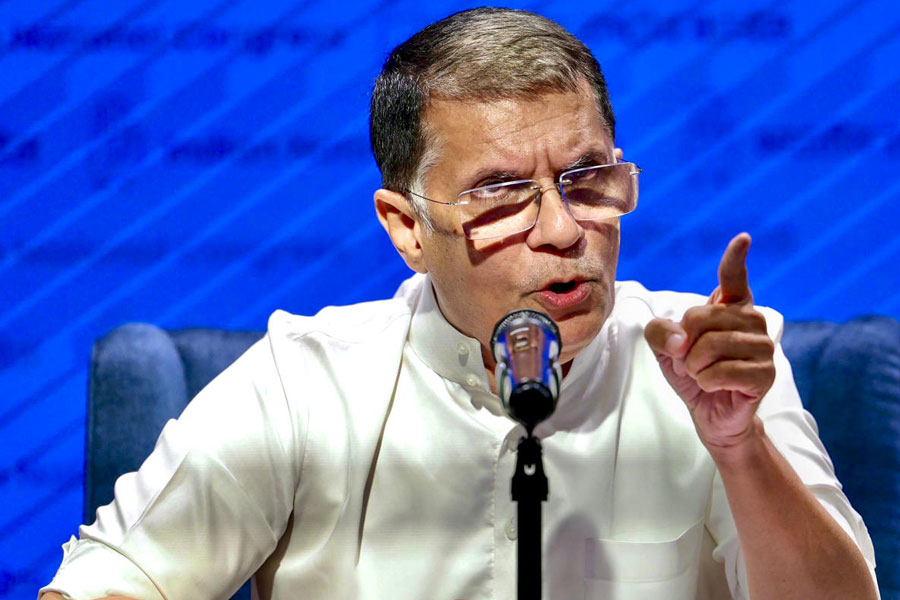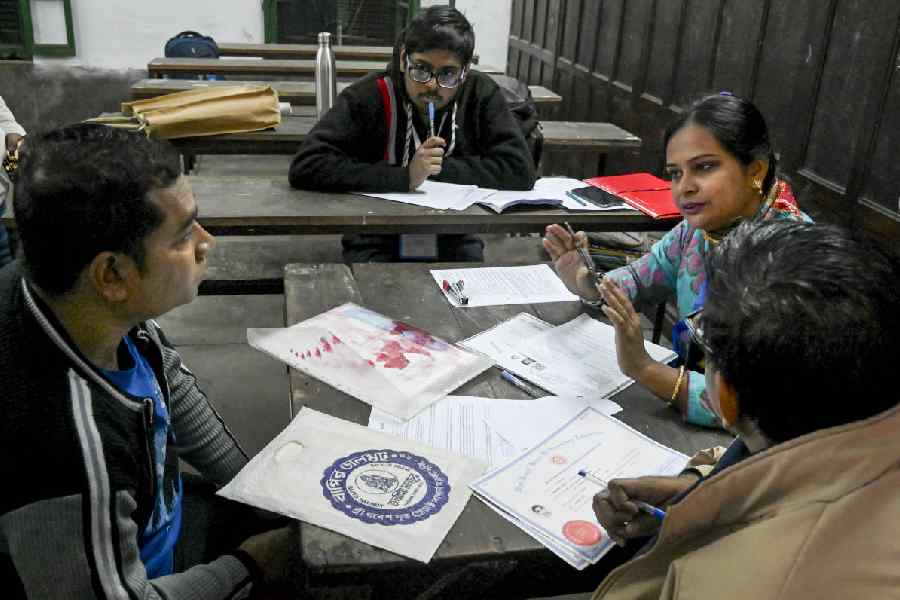An estimated third of Ukraine’s population has been forced from their homes since Russia invaded in February, including more than 7.1 million people who are displaced inside the country, according to UN data, illustrating the scale of a humanitarian crisis that has gone largely unseen as the war grinds on.
The number of internally displaced people dwarfs the 4.8 million Ukrainians who have fled into Europe as refugees, according to the UN refugee agency, which has described levels of displacement unseen since World War II.
While large swathes of the country were subject to the brutality of the Russian invasion in its early weeks, most of Ukraine’s displaced are now coming from the east. Boarding trains and buses, civilians have poured out of cities and towns across eastern Ukraine, fleeing for the relative safety of the west and the northern capital, Kyiv.
Some have left in humanitarian convoys, navigating treacherous roadways amid the threat of gunfire or shelling. Others have left on foot, literally running for their lives. And as Russian forces now train their artillery on Donetsk Province in the east, aiming to capture all of the industrial Donbas regions, more people are being forced from their homes daily.
“The state was not ready for such a scale of displaced persons in many areas,” Vitaly Muzychenko, the deputy minister of social policy for Ukraine, told a news conference this week, where he announced new plans to register displaced people for state benefits. Accounting for those in need is a challenge: Just three million people have officially been registered as internally displaced, although the true number is believed to be more than double that. A shortfall in international humanitarian support has further strained local resources.
This mass displacement has reshaped communities across the country, even those that have been spared the physical devastation of the war. Shelters have sprung up in public buildings, university dorms have been converted and some modular homes have been set up to house the displaced. The majority of internally displaced people, much like refugees, are women and children, and many face shortages of food, water and basic necessities.
Oksana Zelinska, 40, who was the principal of a preschool in the southern city of Kherson, which is now occupied by Russian forces, fled in April with her two children, a co-worker and that woman’s children to the western city of Uzhhorod near the Slovakian border. Her husband has remained behind in Kherson, and she would like to return, but she said she stays in the west for her children.
New York Times News Service











